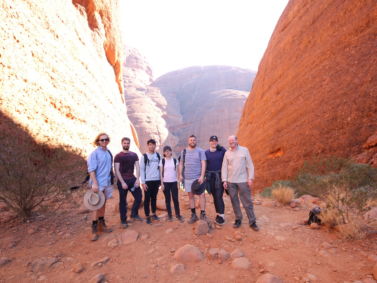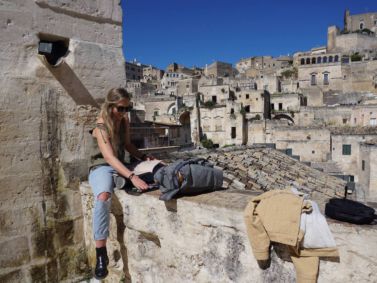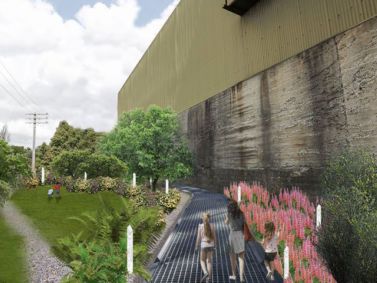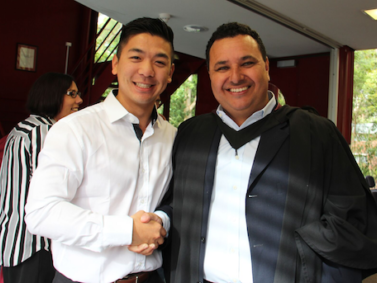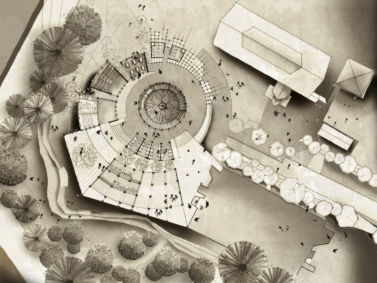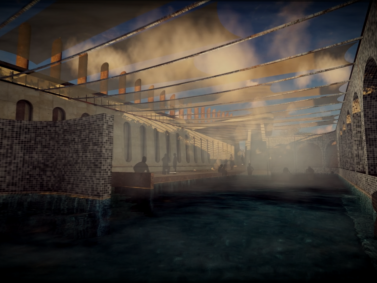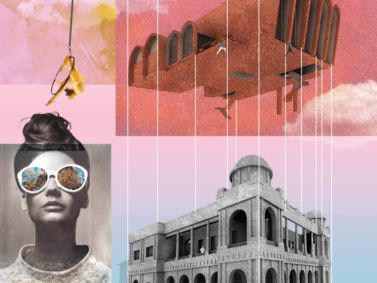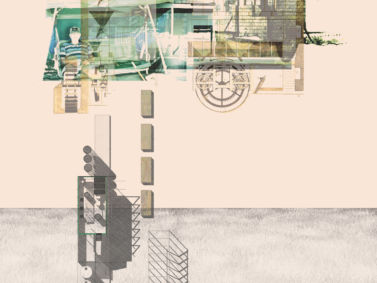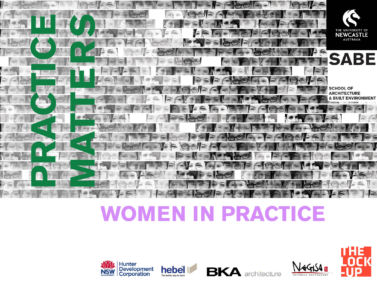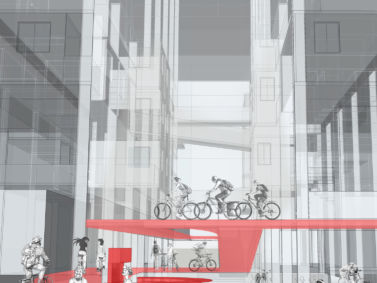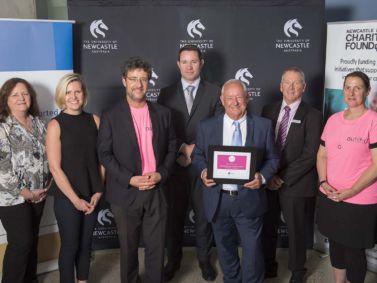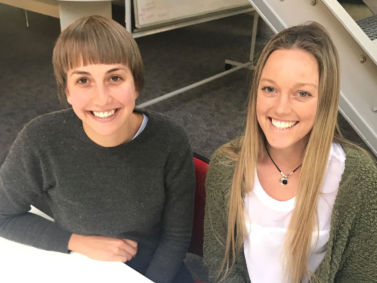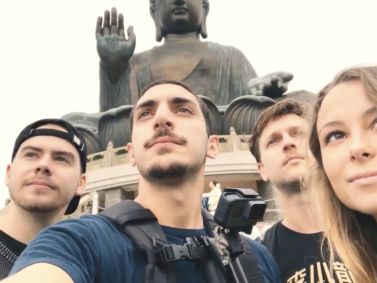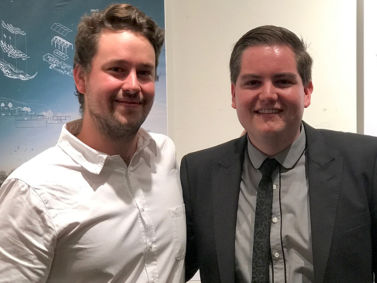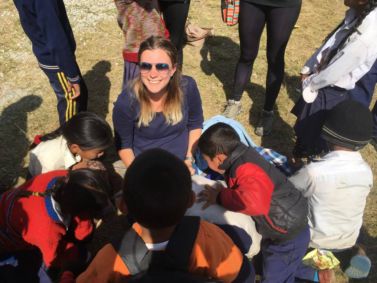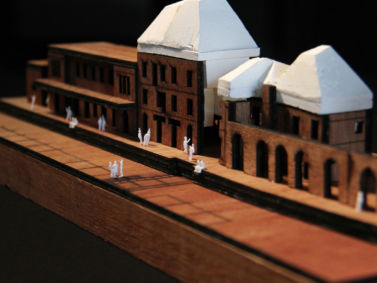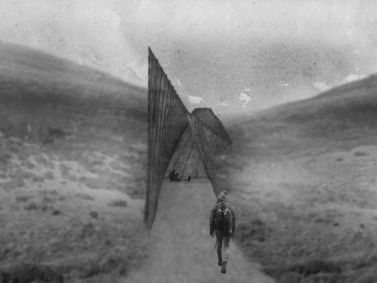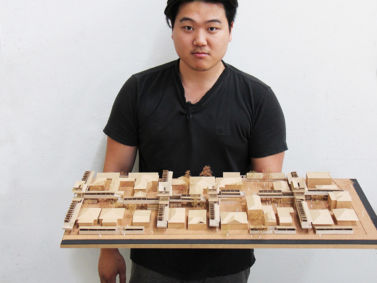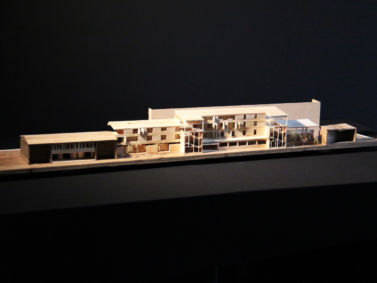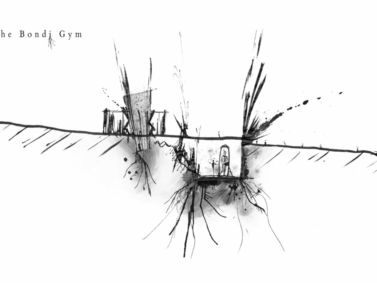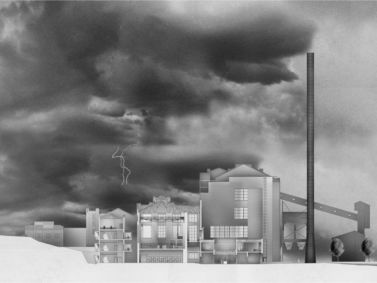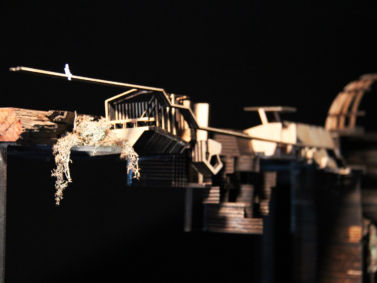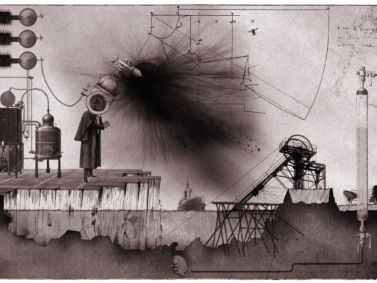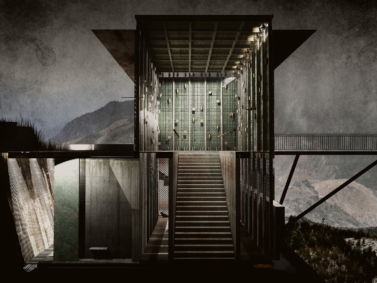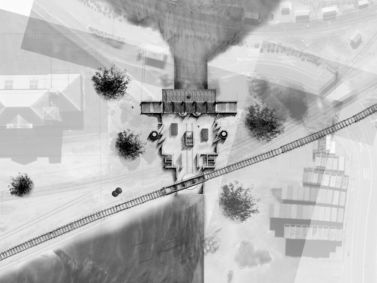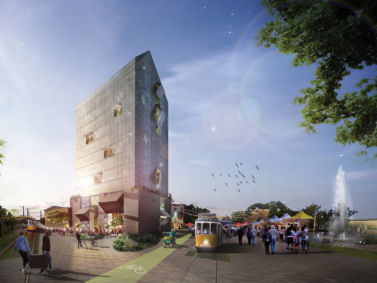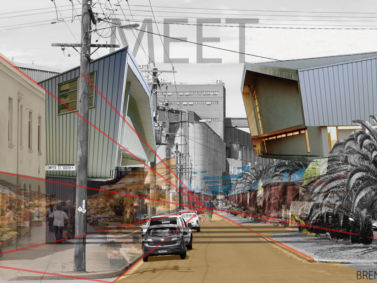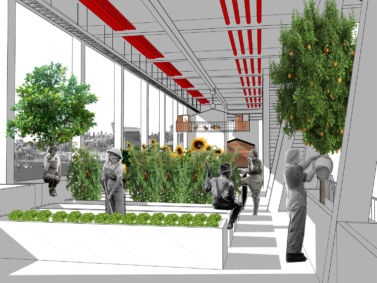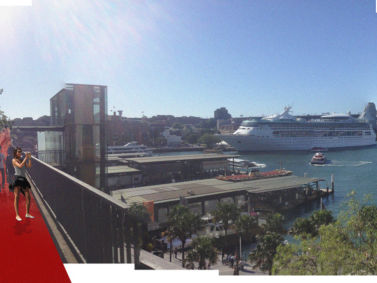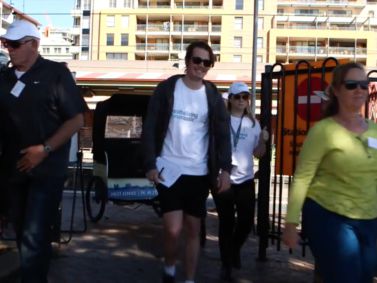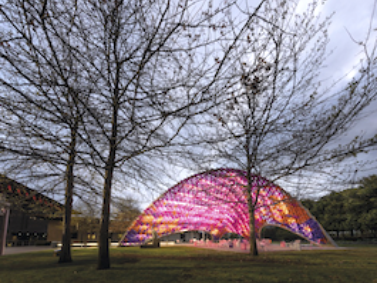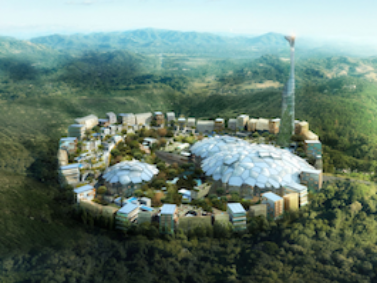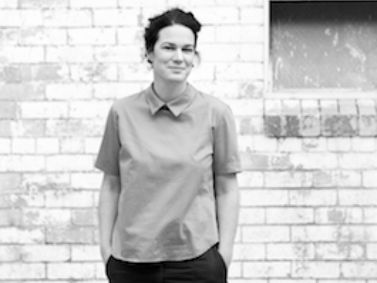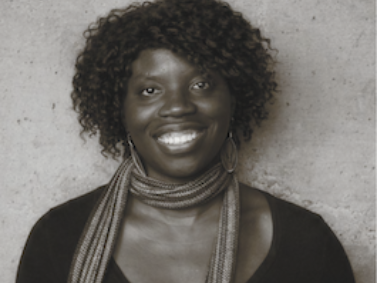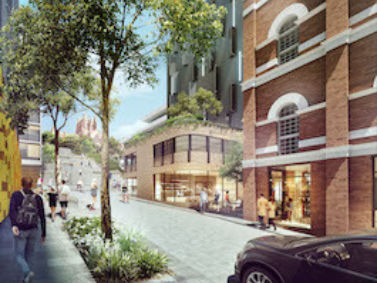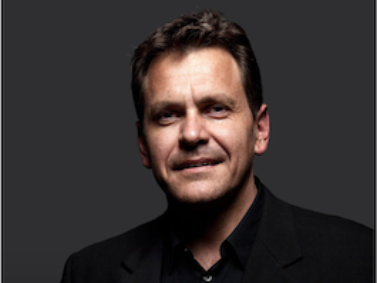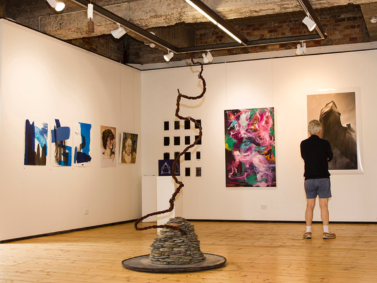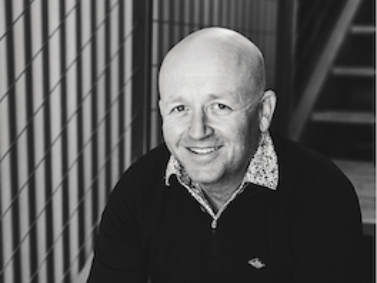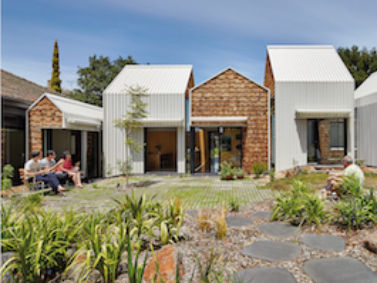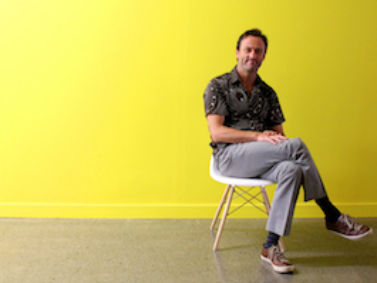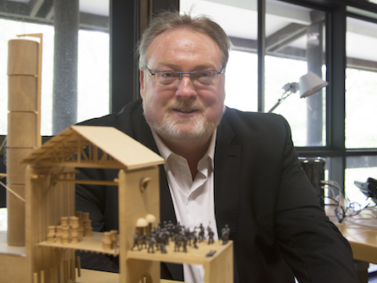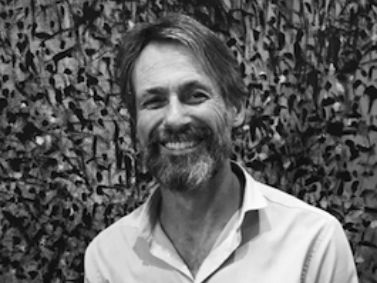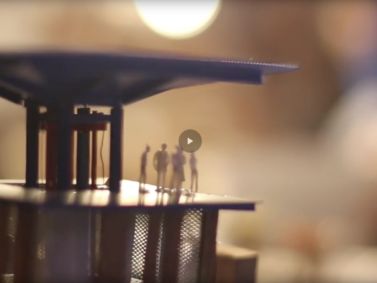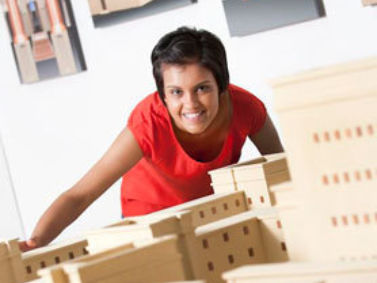Architecture students draw on humanitarian skills
Architecture can bring vital hope to communities in need.
For a group of UON students that ability to inspire positive change has been experienced first hand, opening their eyes to a career in humanitarian architecture.
Spending two weeks in Alice Springs working closely with Aboriginal residents of the Town Camps and program staff from Tangentyere Council, the students designed projects that have the potential to improve their housing conditions, youth facilities and community safety. Tangentyere Council is a key Aboriginal community service provider, working with and on behalf of Aboriginal people on Town Camps and elsewhere in Alice Springs.
The powerful program, which forms part of their study, involved the group working in partnership with Tangentyere Design, an Aboriginal-owned architectural practice, listening to the needs of the Town Camp residents and responding by creating proposals for changes to infrastructure.
If funding applications are successful, their proposals could come to life.
Room to Breathe – housing additions and alterations
The Northern Territory Government’s ‘Room to Breathe’ initiative is a program that provides alterations and additions to existing dwellings to address overcrowding and poor amenity in Aboriginal households. Along with overcrowding, the program needs to account for increased demands on housing stock when visitors stay.
Although not currently targeted at urban Town Camps, Tangentyere Council is interested in exploring opportunities to relieve some of the overcrowding and associated stresses on housing.
Masters of Architecture student Annie Murphy, who worked on the Room to Breathe project, said understanding the complexity of the family units was key to formulating a design that would work for the residents’ needs.
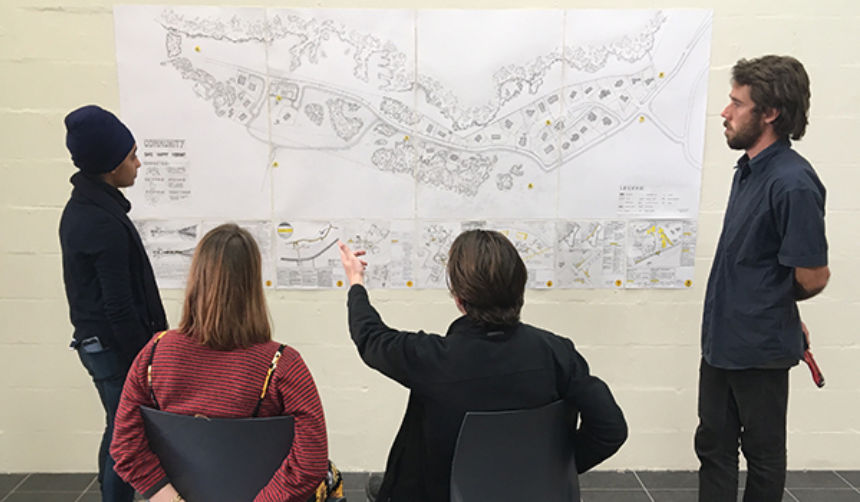
"We found it imperative to listen carefully and observe closely on our site visits to the Town Camps to ensure we would create a design that directly responded to the community's needs. Their use of space in the home vastly differs from western style of living."
“One resident we met with had 23 people staying in her house at the time and only seven of them were permanent residents. It is about finding ways to provide extra space or services to her house without inviting guests to stay longer than needed. The key is providing empowerment and ownership of their home.”
Recognising that overcrowding is a seasonal problem but also based around social, cultural and health-related movements, the Room to Breathe project team created four designs to suit different family types. The team created a resource booklet designed to help quickly assess the needs of the individual household and then guide which alterations and additions would be most effective.
The designs may include an extra bedroom, a bathroom, a kitchen, a verandah, and/or outdoor living area works. It might also include the development of an independent unit or ‘granny flat’ that could house an ageing relative or a family member with a disability.
“It’s definitely rewarding knowing you are designing something that will positively affect a person’s life.
“I wasn’t aware when I first started studying that there was an opportunity to specialise in humanitarian architecture. I’m very keen to find more projects to work on and to return to Alice Springs and see this through.”
Access to Education: Development of youth activity spaces
For Masters of Architecture student Lily Freeman, the experience of participating in the elective last year was so powerful, that she jumped at the opportunity again.
Working on the project team assigned to improving a youth facility, to better meet the needs of its users, Lily said she had forgotten how emotionally confronting the process could be.
“Alice is a very unusual place. It’s intense and really beautiful,” Lily said.
“Being involved in an experience like this is not about it being instantly rewarding – it’s about making a positive difference to a community that is often struggling.”

The passionate human rights supporter said the group worked to create designs that would address five principles: self expression, a right to facilities, gathering spaces, cultural safety and security, and a sense of belonging.
Tangentyere Council’s Access to Education (A2E) Division manages a range of services working with children, youth and families, with a general focus on well-being through a culturally appropriate lens.
Its base partly operates out of a facility located 1km north of the Alice Springs CBD, offering activities foryoung people, aged 5 – 17 years, such as sport, arts and crafts, music and games. It is hoped the facility can be developed so that it can expand its services to also offer an after-hours ‘drop in centre’ aimed at 12 – 17 year olds.
Following meetings with A2E coordinators, youth workers and - importantly - the young people who use the facility, the student project team developed a number of concepts such as reconfiguring the interior to create more flexible spaces.
“We suggested a lot of small changes that will allow a multitude of activities like breakout rooms. Our proposal was also heavily focused on landscaping the exterior as the location was in an industrial area.
“Among our proposals was a fireplace meeting area, potentially to be used as an outreach area for the elders to teach culturally appropriate traditions.
“Being involved in a project such as this makes you feel very positive about your role in the architecture profession. It’s not about me or how I feel. These are real people who can be affected by the work that we produce and that’s better than anything you can imagine,” she said.
Humanitarian experience takes students around the globe
University of Newcastle Head of Discipline (Architecture) Chris Tucker said theelective courses offered within the School of Architecture and Built Environment had allowed students to become involved with humanitarian projects from around the world.
“These immersive architectural experiences are varied, located both locally and internationally. They include for instance working with Health Habitat in Nepal, and the Community of Sao Tome de Paripe in Salvador.
“The Tangentyere elective provides our students with the unique opportunity to work with the Aboriginal people of the town camps in Alice Springs. This is a confronting environment for all involved, but something as a nation we all need to face.
“Having worked with the students over the intensive two weeks we were in Alice Springs, I’m so proud of them. Respectful and engaged with the people we met, they worked long hours to give something of themselves to the challenging projects we were involved with.”

